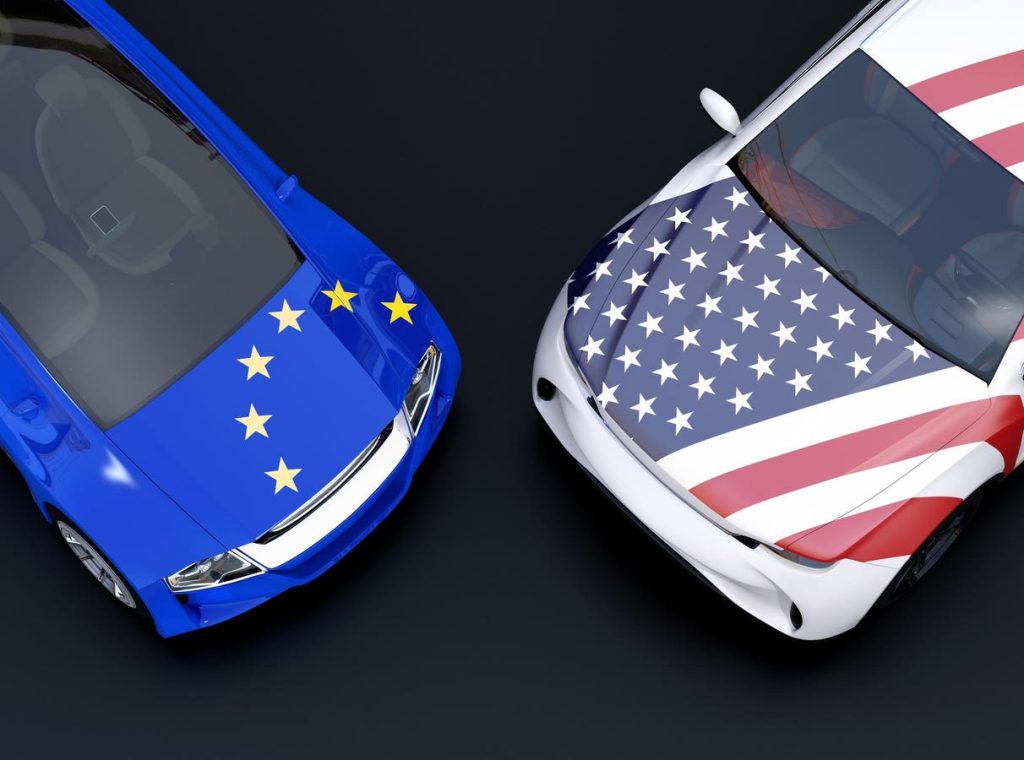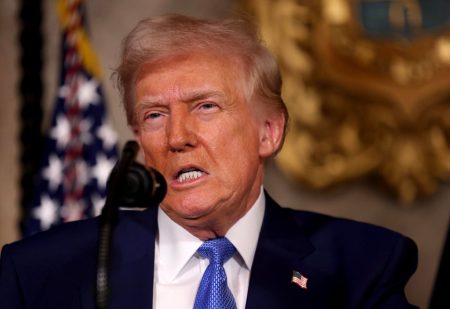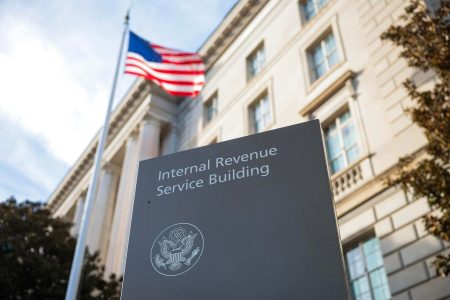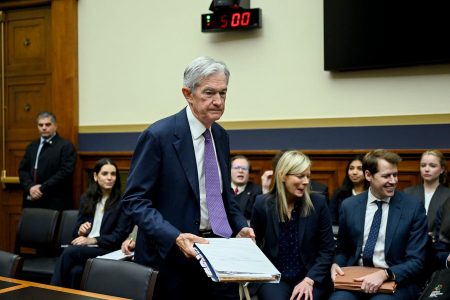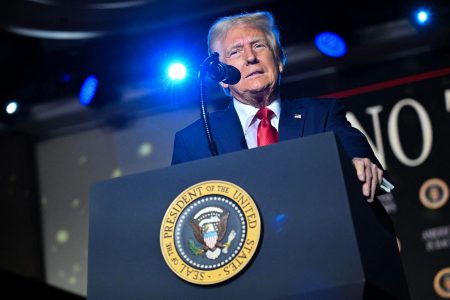The transatlantic trade relationship between the United States and the European Union experienced a period of uncertainty and tension following President Donald Trump’s announcement of potential tariffs on European-made vehicles. While initial market reactions were volatile, a degree of calm returned as negotiations and discussions unfolded. This intricate trade dynamic involves not only tariffs but also non-tariff barriers, adding layers of complexity to the situation.
The initial announcement of potential tariffs triggered a sharp decline in the share prices of major European automakers. Companies like Volkswagen and Stellantis saw their stock values tumble as investors reacted to the news. However, the subsequent suspension of the immediate tariff threat, pending further negotiations, allowed markets to stabilize and recover some of the lost ground. This temporary reprieve provided breathing room for both sides to engage in discussions and explore potential resolutions.
The core issue revolves around the perceived trade imbalance between the U.S. and the EU, particularly in the automotive sector. President Trump asserted that the U.S. trade deficit with the EU warranted corrective action through tariffs. He pointed to the existing tariff disparity, with the U.S. imposing a 2.5% tariff on European cars while the EU levies a 10% tariff on U.S. automobiles. This asymmetry, according to the Trump administration, justified the imposition of tariffs to level the playing field.
However, the trade relationship extends beyond mere tariffs. Non-tariff barriers, such as differing safety and regulatory standards, play a significant role. These barriers often create obstacles for U.S. goods entering the European market. Former U.S. ambassador to the EU, Gordon Sondland, highlighted the impact of these non-tariff barriers, arguing that they unfairly restrict U.S. exports of various products, including food and automobiles. He contended that if a product is deemed safe for use in the U.S., it should be considered safe in the EU as well, advocating for a streamlining of regulations.
The negotiations between the U.S. and the EU are not limited to the automotive sector. The broader trade relationship encompasses a wide range of goods and services, adding further complexity to the discussions. The agricultural sector, for instance, is subject to various regulations and trade restrictions that impact the flow of goods between the two regions. Addressing these broader trade issues requires a comprehensive approach that goes beyond simply adjusting tariffs on specific products.
The potential impact of tariffs on consumers and businesses on both sides of the Atlantic adds another layer of concern. Higher tariffs on European cars could lead to increased prices for U.S. consumers, while retaliatory tariffs from the EU could negatively impact U.S. exporters. Finding a mutually beneficial solution requires careful consideration of the potential economic consequences for all stakeholders involved. The interconnectivity of global supply chains further complicates the issue, as tariffs can disrupt production and distribution networks, potentially leading to unintended consequences.
The evolving trade relationship between the U.S. and the EU underscores the importance of open communication and ongoing dialogue. Finding common ground and addressing trade imbalances requires a willingness to engage in constructive negotiations and explore potential compromises. The long-term economic health of both regions depends on a stable and predictable trade environment that fosters growth and mutual benefit. Navigating the complexities of tariffs, non-tariff barriers, and diverse industry interests requires a balanced and nuanced approach that considers the broader implications for global trade and economic stability.




